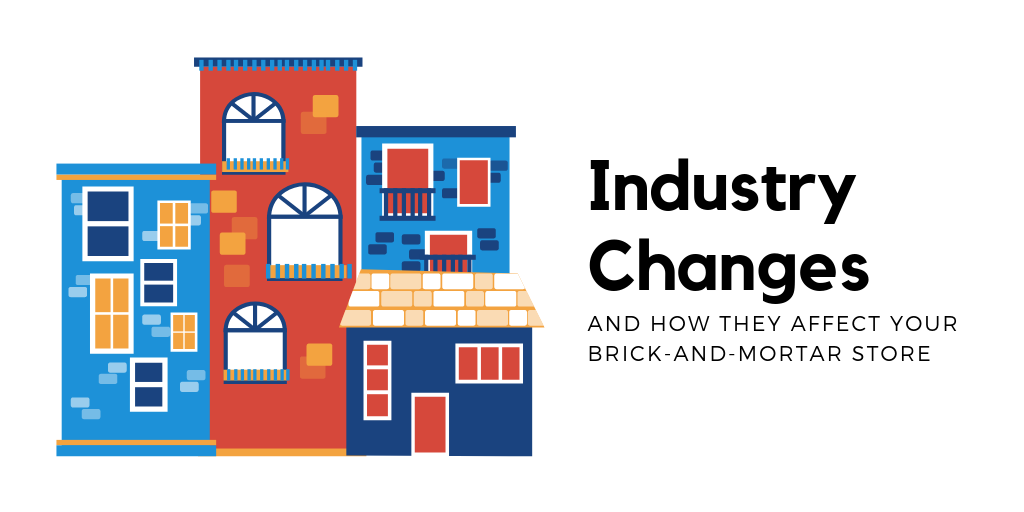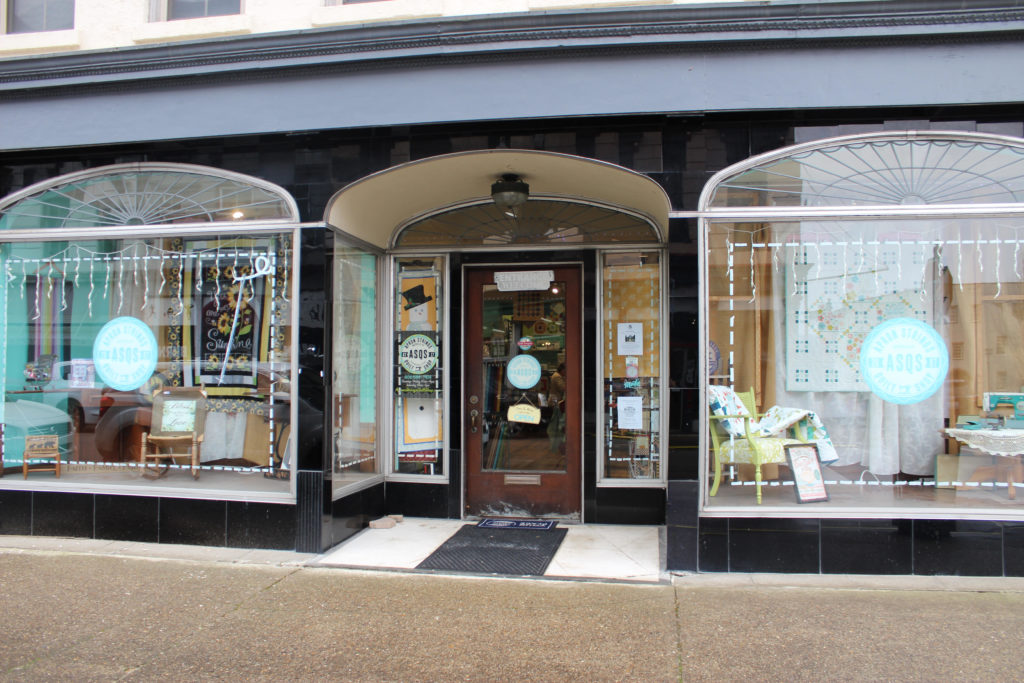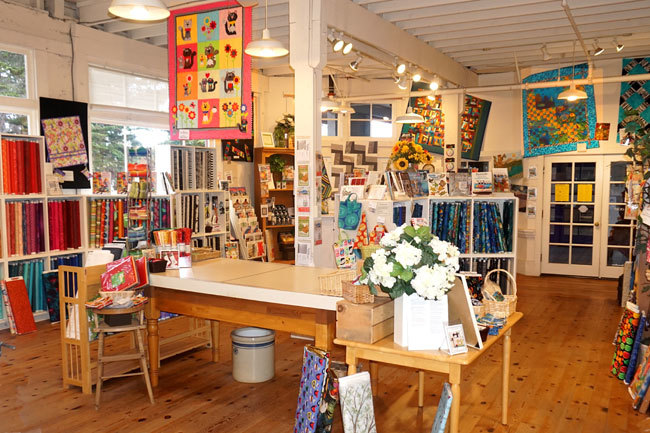
Although we are not currently experiencing a recession, it’s important for retailers to have the tools to succeed in the event of one. In part three of our series, we will discuss what to do if you are faced with the choice of cutting costs or embracing declining margins. Most retailers will naturally look to cut costs, but it’s crucial to determine which ones to go after.
Good vs. Bad Costs
To begin, it’s important to differentiate between good and bad costs. Good costs are those that provide value to your customers, while bad costs add nothing to their experience. However, it’s important to keep in mind that costs are not always clear-cut; cutting costs, such as services, may help in the short term but hurt in the long run if customers choose to shop elsewhere where those services are provided.
Determining bad costs can be difficult, as customer needs are constantly changing, and looking at line items doesn’t necessarily link to what customers want and appreciate about your store. For example, while a clean store is a given for all retailers, one store found that its customers wanted better customer service. In response, the retailer cut its cleaning expenses by 20% and invested that money into customer service training. The result was an increase in customer visits and return on capital.
To summarize, gaining insight is key for retailers looking to manage their expenses. Keep this in mind when faced with the decision of cutting costs. For more information on good vs. bad costs, check out rule number three in the Harvard Business Review’s Five Rules for Retailing in a Recession. Stay tuned for part four of our Retailing in a Recession series next week.
Virtual Fabric Show
Join Benartex designers for the Virtual Fabric Show Spring 2023 on Wednesday, April 26th at 10 a.m. EST. At the event you’ll get a sneak preview of Benartex’s upcoming fabric collections and hear directly from the designers. Register here.
Can’t attend live? Sign up to receive a recording of the event in your inbox.
If you’re looking for more information to guide you in owning a retail business, subscribe to Creative Retailer today. Already a subscriber? No worries—join our Facebook group for insights and dialogue from industry specialists like you. And don’t forget, you can always purchase single issues if you prefer that instead.
The post Retailing in a Recession: Part Three appeared first on American Quilt Retailer.




 Apron Strings Quilt Shop
Apron Strings Quilt Shop





